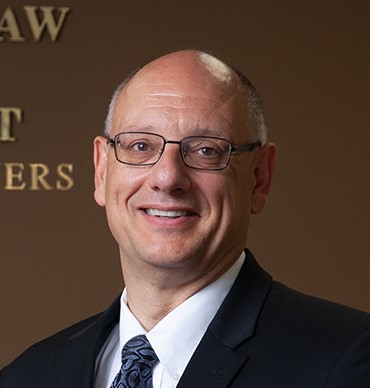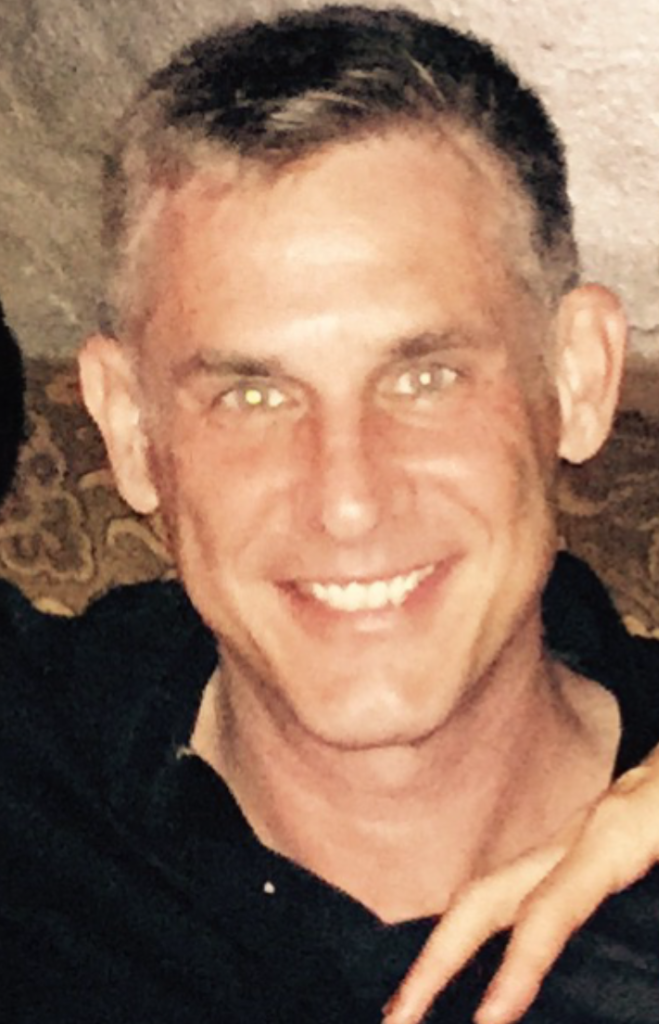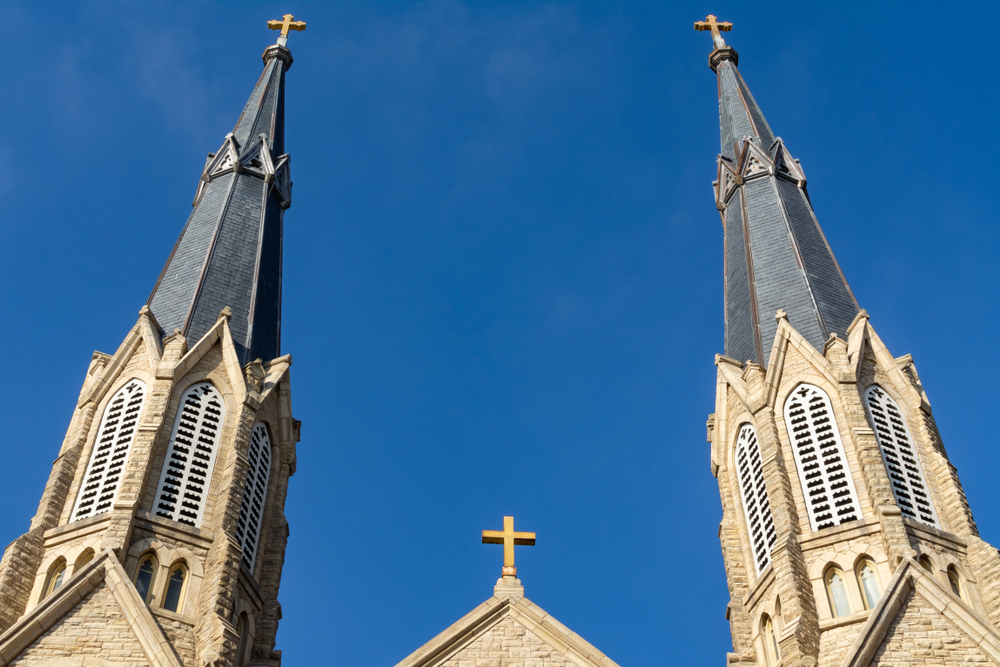Sexual abuse victims get new chances to come forward
A few weeks ago, a Catholic priest on the verge of being ordained bishop of Duluth, MN, was forced to resign after being accused of sexual abuse of a minor during the early 1980s.

A year ago, Kevin Bourgeois, leader of the New Orleans chapter of the Survivors Network of those Abused by Priests, or SNAP, received a $150,000 settlement following mediation with the Archdiocese of New Orleans for abuse he suffered from a priest who had been the choir director at his high school. Bourgeois is 53.
In a growing number of states across the country, men and women abused as children by faith leaders and others decades ago now have a chance to seek justice through the courts.
States have relaxed statutes of limitations, extending the time to take civil or criminal action by months or years. One state, Vermont, has completely removed the statute of limitations for sexual abuse.
RELATED: Whistleblowers cash in, thanks to decade-old law
RELATED: Adoptions slow as pandemic throws roadblocks
Some, from New York to California to Hawaii, have opened “look back windows,” a time period during which victims can sue their perpetrators and organizations, such as Catholic dioceses and the Boy Scouts, at older ages than previously been permitted.
This year, Florida eliminated the criminal statute of limitations for felony sexual battery of victims under 16.
The state’s statute of limitations for civil claims addresses future cases, which “may be commenced at any time within seven years after the age of majority, or within four years after the injured person leaves the dependency of the abuser.’’ Or, it continues, “within four years from the time of discovery by the injured party of both the injury and the causal relationship between the injury and the abuse, whichever occurs later.”

“Before, you had two years or four years from when you are abused to file a suit….When you are raped as a child, it’s not reasonable to file a lawsuit in two years,” said attorney Joe Saunders, who practices in Florida and California and has represented abuse victims for more than two decades.
According to Saunders, there’s more to be done.
“The Florida statute was designed to appear to help survivors, but it does not extend the statute for the institution that employs the perpetrators,” said Saunders, a member of the Legal Examiner affiliate network. “It’s a right to sue the perpetrators, such as priests, who may be insolvent, or deceased, leaving no real remedy for the survivor of childhood sexual abuse. So it is an illusion, because the Florida Legislature did not want to make powerful institutions accountable for past cover-ups.”
Child USA, “the Think Tank for Child Protection,” has given an update of statute of limitations laws this year. Among them, it noted that the two-year window in Washington, D.C., will close on May 2, 2021. New York recently extended its window until Aug 14, 2021. California opened a three-year window on Jan. 1 and damages can be tripled in cases where a cover-up of past assaults is proven. That, said, Saunders, is an important deterrent.

In every case where windows have been opened, “a tremendous number of survivors” have come forward, said attorney Mike Bryant of Minnesota, who has been involved in clergy litigation and bankruptcies in the Midwest for more than 10 years.
Where organizations have filed for bankruptcy, courts have set “bar dates” by which abuse survivors must file claims. “If you miss the date, they are free and clear,” Saunders said.
Organizations use bankruptcy filings in an attempt to limit their liability, Bryant said.
“So after all of these years of fighting what happened, they are using the law to close their future liability,” he said. “So, if there is ever a second window, they don’t have to worry about those people who shouldn’t have been harmed to begin with.”
In Louisiana, a federal bankruptcy judge set a March 1, 2021, deadline for abuse victims to make claims against the Archdiocese of New Orleans, which filed for bankruptcy this spring.
Bourgeois of SNAP said the case should not have been in bankruptcy court.
“The majority of the creditors are sexual abuse survivors,’’ he said. “The majority of these cases have nothing to do with finances. It’s about the secrets of the whereabouts and placement of predator priests and the cover-up of sex crimes of predator priests.”
He described the archdiocese’s bankruptcy filing as “a legal tactic.”

“They are morally bankrupt. They are not financially bankrupt. The bankruptcy is dealing with years and years of abuse. They claim that it is years in the past, but it exists in the church today. Hopefully, because it is out there in the public domain, children that have been abused as long as a year ago or 10 years ago will not wait as long as we did,” said Bourgeois, who kept his own abuse secret for 35 years.
Bryant said though sexual abuse in the Catholic Church has been the most publicized, it is not the only offender. Other organizations, including the Church of Jesus Christ of the Latter-day Saints, Jehovah’s Witnesses, Seventh-day Adventists, Southern Baptists, Lutherans and Jewish congregations, have also faced such accusations, he said.
“I learned that people gravitate toward children,” Bryant said. “In most cases, it’s not about sex. It’s about power.”
Saunders, who almost 20 years ago represented 16 men who accused then priest Robert Schaeufele of the Catholic Diocese of St. Petersburg of abuse, noted that any settlement received by victims “is an acknowledgement of what wrong was done…a betrayal of trust.”
He views his work as “a type of civil rights movement for children,” the lawyer said.
“We are fighting to protect future children,” Bryant said. “It’s making sure there are background checks and that kids are listened to and that we don’t put them in dangerous positions.”



















